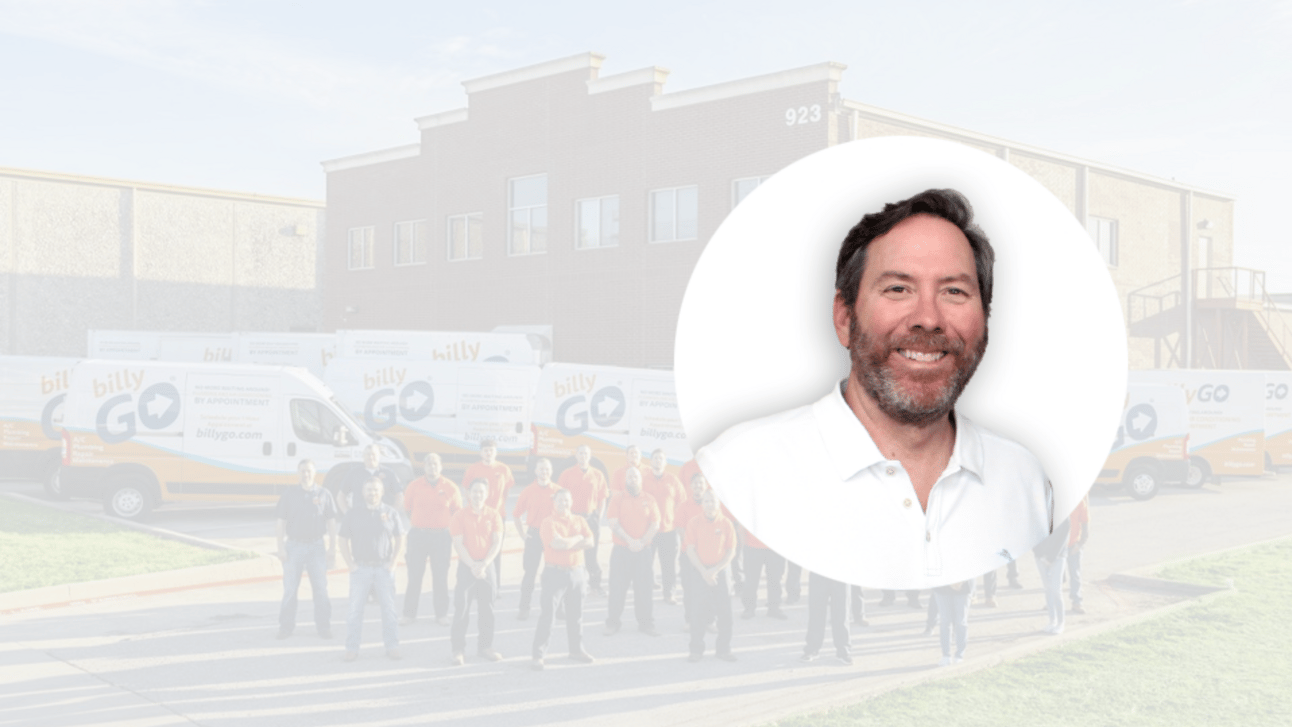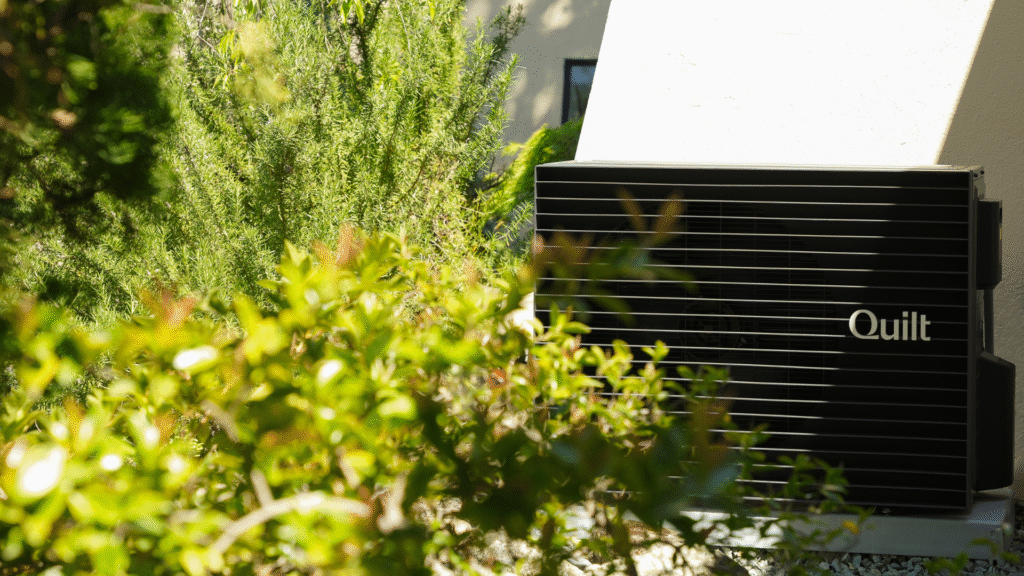Billy Stevens on Sera, gross margins, and one-hour appointment windows
Notes on technology, finances, and online booking

❝
There are three things: memberships, efficiency, and margins. That’s what it comes down to.
Billy Stevens is the founder of billyGo, the contracting business, and Sera, the industry-focused software company. He’s a multi-decade industry vet — and a self-proclaimed “top 100 high school graduate” — with deep knowledge of the business and a tech-forward mentality.
We talked about Sera, and how contractors can improve gross margins, make one-hour windows, and more. Our conversation’s been lightly edited for brevity.
Can you help me understand the relationship between billyGo and Sera?
I retired for about seven years, and the team I’d built at my prior [contracting] business kept reaching out about starting another company, and I kept rejecting them. I felt like we, as a team, built one of the best contracting companies in the industry, at the forefront of everything, and I said, “No, I’m good. I like sitting on the couch.”
Then I started thinking about sharing those innovations [with the industry]. I didn’t want to be a coach; I’m an entrepreneur, and I called them back and said, “I’ll start a new company if you’ll use software I haven’t created yet to run the [new contracting] business.” And they agreed, so billyGo and Sera were born at the same time.
What happened at first?
We built an app that allowed customers to book and get a one-hour appointment. That’s all we had. We went to this festival where I bought a booth for $3,500 and walked away with 1,200 leads for potential customers. We went from no business to 1,200 customers in four days and were the 8th most downloaded app on the app store during those four days. So we knew we were onto something.
What was the opportunity you saw for Sera?
When we started, we didn’t run a service call for almost six months. We got together every day and talked about the problems we encountered — the chaos, duplications, mundane tasks. By having everyone contribute, we stumbled upon the fact that there were over 30 touches by up to 8 people on one service call.
For instance, on a busy day, when an important customer calls and needs service, the CSR puts them on hold and asks the dispatcher [about availability], who responds, “We’re full.” So that’s one touch. Then, the dispatcher reaches out to several technicians to see how much longer they’re gonna be. You see where this is going?
Why can’t we just build technology to tell us when they’ll be available? Why can’t we just build technology to recognize there’s a three-year-old system under one guy that’s not as important as this ten-year-old system, so why don’t we bump that one out and put this one in, and apologize to the three-year-old customer? That’s what technology’s supposed to do. It’s supposed to eliminate work and make your job easier.
What do you talk about most with other contractors, financial management-wise?
There are three things: memberships, efficiency, and margins. That’s what it comes down to. Memberships help you own your backyard; they make customers sticky. Second, efficiency. Like we talked about with the 30 touches, that’s a big problem in our industry. If you put efficiency at the forefront of your business, you can extract more cash out of it without growing it.
And then, of course, gross margin. And that comes back to knowing how to price your product, which lots of people don’t know how to do — national price books are the worst thing ever.
❝
If you tell a customer you can get to them at some point today but can’t give them a time, they’re calling someone else immediately.
How can a contractor actually improve their gross margin?
At the end of every line item, there should be a percentage of revenue. I had a guy who wanted me to help him with his financials and his material costs were 41% of revenue. I about fell on the floor. In my world, it should be 15%. I gave him homework: call your vendors and renegotiate. When a vendor says, “I have a 15% price increase,” you want to say, “I refuse to participate in this price increase.”
The first question I asked him was, “Do you pay your bills on time?” Because if you don’t, you have zero leverage. You want to pay your invoice as fast as you can so you can build your leverage against future price increases.
Second, he was using a national pricing guide, and we fixed his pricing — with Sera, in five minutes. And then we worked on the rest. He was paying more money to two coaching organizations — traveling to events — than he was receiving out of the company.
You talk about four-hour windows versus one-hour windows. What do you mean by that?
What are we coached to do? Book every call. Let’s spend even more money to spiff people to book every single call. If we do that, we’re overbooked. And now that we’re overbooked, we’re losing these calls. If you tell a customer you can get to them at some point today but can’t give them a time, they’re calling someone else immediately.
So we go in, we overbook, and now that we’re overbooked, we’re apologizing to every customer. You’re late to every single call going forward. We call this “great service”. This industry has the worst service of any industry ever, and we consider it great.
So how do you make a one-hour window as a contractor?
We only book what we can handle, and we don’t apologize — we get there on time. We [at billyGo/Sera] built the technology to help us do that. A third of our software lives on the contractor’s website because I want to know what the customer is wanting and doing.
You gotta know where a technician is, what that tech's capabilities are so you can line them up with the website request, how far away he is, and when he’s gonna be done with the current job — we had to build that. We spit out several available times [based on those factors] and allow the customer to choose.
I’ve heard contractors say they don’t want customers controlling their schedule by booking online. How do you respond to that?
In a way, we do the same thing, we just let the technology figure it out in a millisecond. We’re just taking this old way of thinking and solving that problem.
Anything else on your mind?
One of the questions I like to get asked is, “Why did you decide to jump back in and put so much of your capital and time into something?” I had an uncontrollable desire to give back to an industry that has done so much for me. My goal when I got in [to the industry] was to see if I could make $100,000 a year; I couldn’t have dreamed of what’s happened since.
I mean, my claim to fame at that point was graduating in the top 100 of my high school, and I’m just glad there were 82 of us.
📬 Get our stories in your inbox
Keep reading
Quilt exec on industry giants, contractor partnerships, and next-gen heat pumps
A conversation about competing with century-old manufacturers, engaging with contractors, and product innovation


